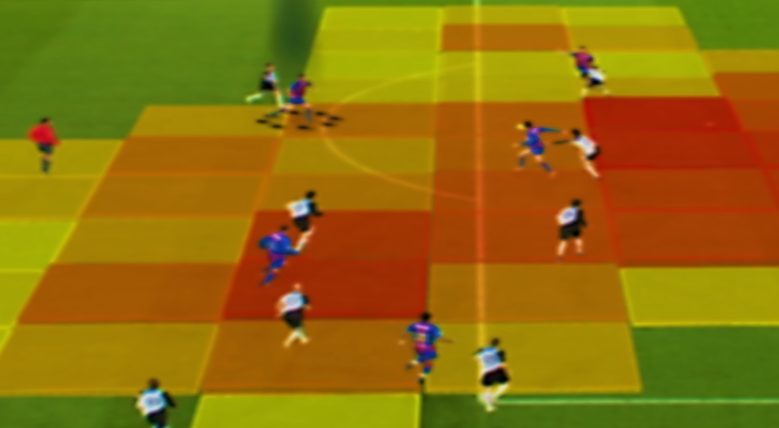

More about the game principles
From the stands, soccer may look like a single, 90-minute-long game that’s broken into 45-minute chunks by halftime. In reality, each soccer match consists a series of smaller plays involving groups of players.
Soccer consists of ten basic tactical principles, originally developed by soccer tactician Allen Wade in 1967 called “The F.A. Guide to Training and Coaching” and expounded upon by coach Alan Hargreaves, that both players and coaches can use to gain skills and evaluate performance on the field. These principles are classified as attacking – offense – or defending – defense – depending on which team has the ball.
The five principles of attacking and defending are a fundamental basis for a soccer coach to focus his team’s broader objectives and strategies. According to Allen Wade and other proponents of the principles, every practice and match depends on the successful execution of the principles, so they are indispensable to success in the sport.
Effective attacking and defending depends simultaneously on individual and team actions. These actions consist of corresponding attacking and defending actions known as the “Principles of Play.”
Fundamental Principles of Attack
When your team has the ball, everyone on the team becomes an attacker.
Your goals as attackers are:
➢Keep possession of the ball
➢Move the ball forward into an attacking position
➢Create chances to score a goal
Fundamental Principles of Defense
The moment your team loses possession of the ball, everyone on the team becomes a defender.
Your goals as defenders are:
➢Stop the other team from creating chances to score a goal
➢Limit the chances for the other team to get into attacking positions
➢Regain possession
Read bellow the full document:
[pdf-embedder url=”https://www.hub-soccer.com/wp-content/uploads/2020/10/Game-Principles.pdf” title=”Game Principles”]
More about the Game Principles at the online course: Soccer Game Principles: An Introduction
Follow us on Facebook!
Leave A Reply Cancel reply
You must be logged in to post a comment.
Categories
Latest Courses
-
9 Lessons
-
1 Lesson
-
6 Lessons
You May Also Like
-
-
August 1, 2022
-
-
June 3, 2022
-
-
May 27, 2022






2 Comments
Great work
Thanks, great that you enjoyed.
Feel free to share it.